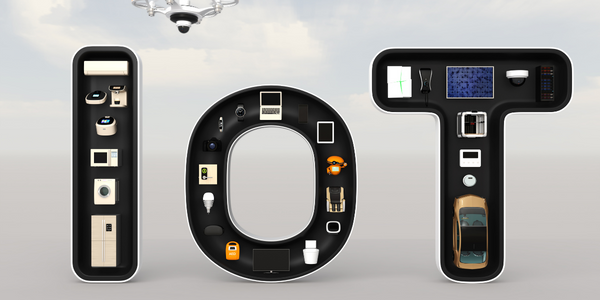Technology Category
- Cybersecurity & Privacy - Endpoint Security
- Cybersecurity & Privacy - Malware Protection
Applicable Industries
- Equipment & Machinery
- National Security & Defense
Applicable Functions
- Sales & Marketing
Use Cases
- Cybersecurity
- Tamper Detection
Services
- Cybersecurity Services
- System Integration
About The Customer
The customer in this case study is not explicitly mentioned. However, the analysis and insights provided by the News API would be beneficial to a wide range of stakeholders. These could include cybersecurity professionals, IT departments in various organizations, government agencies, and even individual users who were affected by the WannaCry attack. The insights could help these stakeholders understand the nature of the attack, its impact, and how it was covered in the media. This could in turn help them develop more effective strategies for dealing with such attacks in the future.
The Challenge
The WannaCry malware attack was one of the most significant worldwide cyber attacks in history. The attack began on May 12th and within a few days, it had infected over 213,000 machines in 70 countries, paralyzing computer systems in hospitals, factories, and transport networks as well as personal devices. The ransomware virus encrypted all data on the infected computers, with users only able to decrypt their data after paying a ransom to the hackers. The attack was enabled by tools that exploit security vulnerabilities in Windows called DoublePulsar and EternalBlue. These tools were originally discovered by the National Security Agency (NSA) in the US, but were leaked by a hacker group called The Shadow Brokers in early April 2017. The challenge was to understand the media coverage of WannaCry before the news of the attack broke and afterwards, as details of the attack began to surface.
The Solution
The solution involved analyzing the news articles published about WannaCry and malware in general, with the help of visualizations to look at three aspects: warning signs in the content published before the attack; how the story developed in the first days of the attack; and how the story spread across social media channels. By creating a list of the hacking tools dumped online in early April and tracking mentions of these tools, definite warning signs were identified. The stories endpoint was used to collect the articles that contributed to the second spike in story volumes, around April 25th. The trends endpoint of the News API was used to understand what organizations and companies were mentioned in the news alongside the WannaCry attack. The stories endpoint was also used to rank WannaCry stories by their share counts across social media to get an understanding into what people shared about WannaCry.
Operational Impact
Quantitative Benefit

Case Study missing?
Start adding your own!
Register with your work email and create a new case study profile for your business.
Related Case Studies.

Case Study
Smart Water Filtration Systems
Before working with Ayla Networks, Ozner was already using cloud connectivity to identify and solve water-filtration system malfunctions as well as to monitor filter cartridges for replacements.But, in June 2015, Ozner executives talked with Ayla about how the company might further improve its water systems with IoT technology. They liked what they heard from Ayla, but the executives needed to be sure that Ayla’s Agile IoT Platform provided the security and reliability Ozner required.

Case Study
IoT enabled Fleet Management with MindSphere
In view of growing competition, Gämmerler had a strong need to remain competitive via process optimization, reliability and gentle handling of printed products, even at highest press speeds. In addition, a digitalization initiative also included developing a key differentiation via data-driven services offers.

Case Study
Predictive Maintenance for Industrial Chillers
For global leaders in the industrial chiller manufacturing, reliability of the entire production process is of the utmost importance. Chillers are refrigeration systems that produce ice water to provide cooling for a process or industrial application. One of those leaders sought a way to respond to asset performance issues, even before they occur. The intelligence to guarantee maximum reliability of cooling devices is embedded (pre-alarming). A pre-alarming phase means that the cooling device still works, but symptoms may appear, telling manufacturers that a failure is likely to occur in the near future. Chillers who are not internet connected at that moment, provide little insight in this pre-alarming phase.

Case Study
Premium Appliance Producer Innovates with Internet of Everything
Sub-Zero faced the largest product launch in the company’s history:It wanted to launch 60 new products as scheduled while simultaneously opening a new “greenfield” production facility, yet still adhering to stringent quality requirements and manage issues from new supply-chain partners. A the same time, it wanted to increase staff productivity time and collaboration while reducing travel and costs.

Case Study
Integration of PLC with IoT for Bosch Rexroth
The application arises from the need to monitor and anticipate the problems of one or more machines managed by a PLC. These problems, often resulting from the accumulation over time of small discrepancies, require, when they occur, ex post technical operations maintenance.

Case Study
Data Gathering Solution for Joy Global
Joy Global's existing business processes required customers to work through an unstable legacy system to collect mass volumes of data. With inadequate processes and tools, field level analytics were not sufficient to properly inform business decisions.







